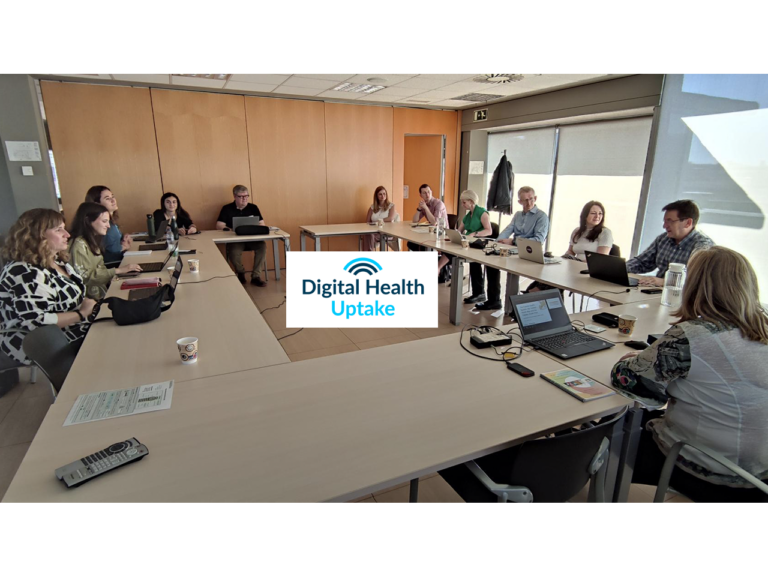Digital Health Uptake (DHU) is an EU-funded project under the Digital Europe Programme. Our aim is to facilitate the alignment of policies, strategies, instruments and activities to advance the uptake of digital health solutions and services in Europe.
The DHU Radar is a tool for the analysis and monitoring of the potential for technological innovation and uptake of digital health solutions in Europe.
Policies & strategies
Solutions & practices
Tools & indicators
Analysis of evidence
Economic value & impact
Barriers & success factors
Investment gaps & opportunities
Up-to-date resource library
Continuous growth
New digital health trends detection
Cooperation on linking existing and creating new digital health knowledge in Europe.
Facilitating bottom-up and top-down alignment and coordination of digital health policies, strategies, instruments and activities.
Creating targeted digital health digests, implementation-oriented guidance, convincing evidence, and calls to action
Bringing together representatives from digital health demand, supply and demand enablers
Facilitating collaboration and adoption of digital health solutions
Establishing virtual spaces connecting demand and supply stakeholders
Focusing especially on digital health ecosystems and solutions for rural and remote areas
Support to implementation and scaling up
Mapping available tools in support of scaling up digital health
Offering information and guidance on using the tools
Offering financial support to health organisations in Europe for the adoption of digital health solutions and practices
Strengthening capacities of digital health stakeholders when implementing and taking up digital health solutions
Strengthening the scope and impact of digital health Reference Sites in Europe
Scaling up an ecosystem of rural and remote areas

Lorem ipsum dolor sit amet, consectetur adipiscing elit. Ut elit tellus, luctus nec ullamcorper mattis, pulvinar dapibus leo.
Lorem ipsum dolor sit amet, consectetur adipiscing elit. Ut elit tellus, luctus nec ullamcorper mattis, pulvinar dapibus leo.
Lorem ipsum dolor sit amet, consectetur adipiscing elit. Ut elit tellus, luctus nec ullamcorper mattis, pulvinar dapibus leo.